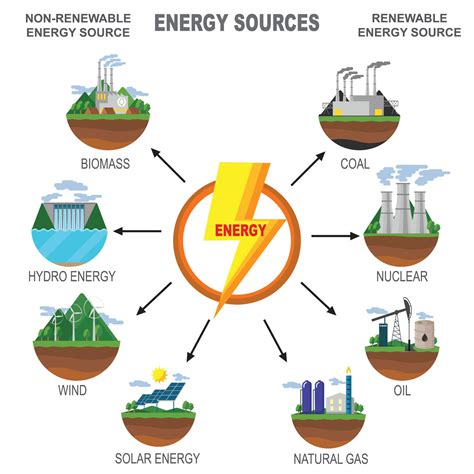Electrifying the Future: Exploring the Convergence of Energy, Transportation, and Infrastructure
Electrification is transforming the global energy landscape, driving the transition towards a cleaner, more sustainable future. This transformation is not limited to the power sector but is also revolutionizing the transportation and infrastructure sectors.
The Convergence of Energy, Transportation, and Infrastructure
The convergence of energy, transportation, and infrastructure presents a remarkable opportunity to address pressing global challenges. By integrating these sectors, we can unlock synergies that drive efficiency, reduce emissions, and improve quality of life.
Energy


The electrification of energy systems is a crucial step in decarbonizing the global economy. Renewable energy sources, such as solar and wind, are becoming increasingly cost-competitive, making the transition to zero-carbon electricity generation feasible.

Transportation

Electrification is revolutionizing the transportation sector. Electric vehicles (EVs) offer lower operating costs, zero tailpipe emissions, and improved air quality. As battery technology advances, the range and affordability of EVs continue to improve, making them a viable option for a growing number of consumers.


Infrastructure
The transition to electrification necessitates robust and resilient infrastructure. This includes expanding the electricity grid, upgrading charging stations, and deploying smart technologies to manage energy demand. By investing in infrastructure, we can ensure the reliable and efficient delivery of electricity to power EVs and other emerging electrified technologies.

Common Mistakes to Avoid
While the convergence of energy, transportation, and infrastructure offers immense potential, there are common mistakes to avoid:

-
Fragmentation: Failure to coordinate efforts across sectors can hinder progress and lead to wasted resources. Effective collaboration and planning are essential.
-
Outdated Regulations: Regulations that were developed before the electrification era may not adequately address the needs of EVs and their charging infrastructure. Streamlining and updating regulations can foster innovation and encourage investment.
-
Lack of Investment: Underinvestment in infrastructure and supporting technologies can limit the scalability and affordability of electrification.
Why Electrification Matters
Electrification offers a multitude of benefits for society, the environment, and the economy:
Environmental Benefits: Electrification significantly reduces greenhouse gas emissions, contributing to the fight against climate change. EVs produce zero tailpipe emissions, and when powered by renewable energy sources, they offer a truly sustainable transportation solution.
Economic Benefits: Electrification creates new jobs in manufacturing, installation, and maintenance. Additionally, it reduces operating costs for businesses and consumers, making it an economically viable solution.
Social Benefits: Electrification improves air quality, reducing respiratory illnesses and other health problems associated with fossil fuel combustion. It also enhances energy security and reduces dependency on foreign oil.
Pros and Cons of Electrification
Pros:
- Lower emissions
- Improved air quality
- Reduced operating costs
- Job creation
- Enhanced energy security
Cons:
- Upfront costs of EVs and charging infrastructure
- Range limitations (for some EVs)
- Need for grid upgrades and reliable charging networks
Conclusion
The convergence of energy, transportation, and infrastructure holds the key to a sustainable future. By embracing electrification, we can address global challenges, create economic opportunities, and improve the quality of life for generations to come. It is imperative to address common mistakes, recognize the benefits of electrification, and foster collaboration across sectors to realize the full potential of this transformational journey.
References
- International Energy Agency (IEA). (2021). Global EV Outlook 2021. https://www.iea.org/reports/global-ev-outlook-2021
- International Renewable Energy Agency (IRENA). (2022). Renewables 2022 Global Status Report. https://www.irena.org/publications/2022/Apr/Renewables-2022-Global-Status-Report
- World Bank. (2021). Climate Change and Development: A Primer. https://www.worldbank.org/en/topic/climatechange/publication/climate-change-and-development-a-primer

